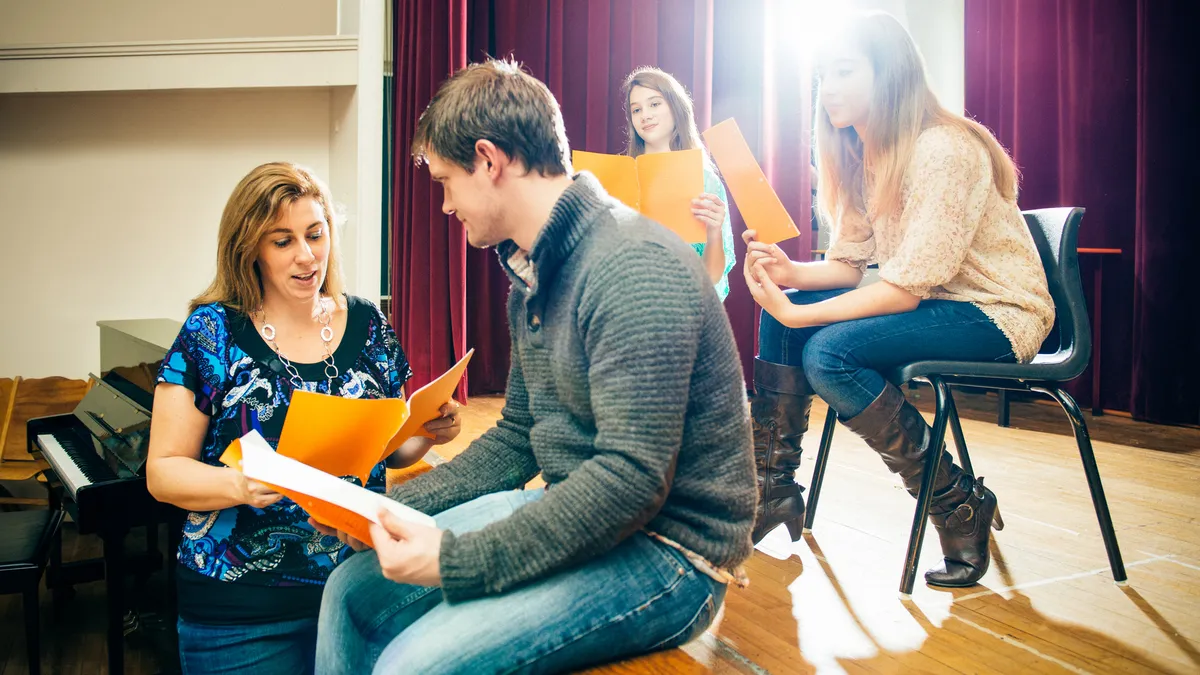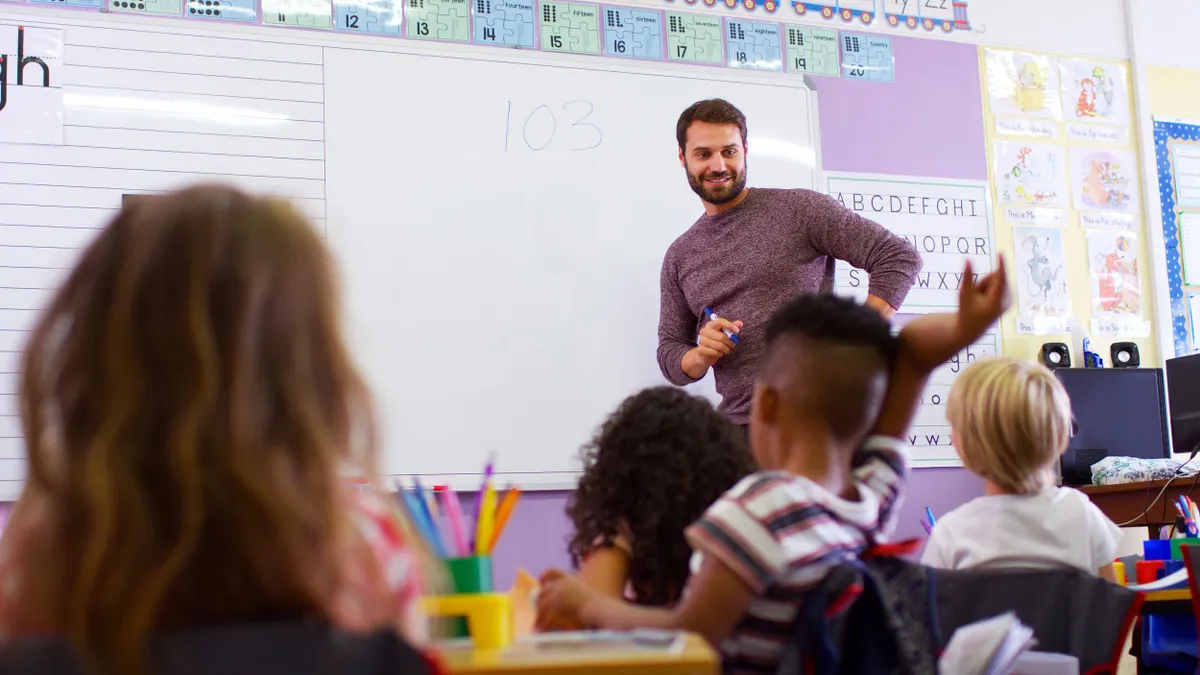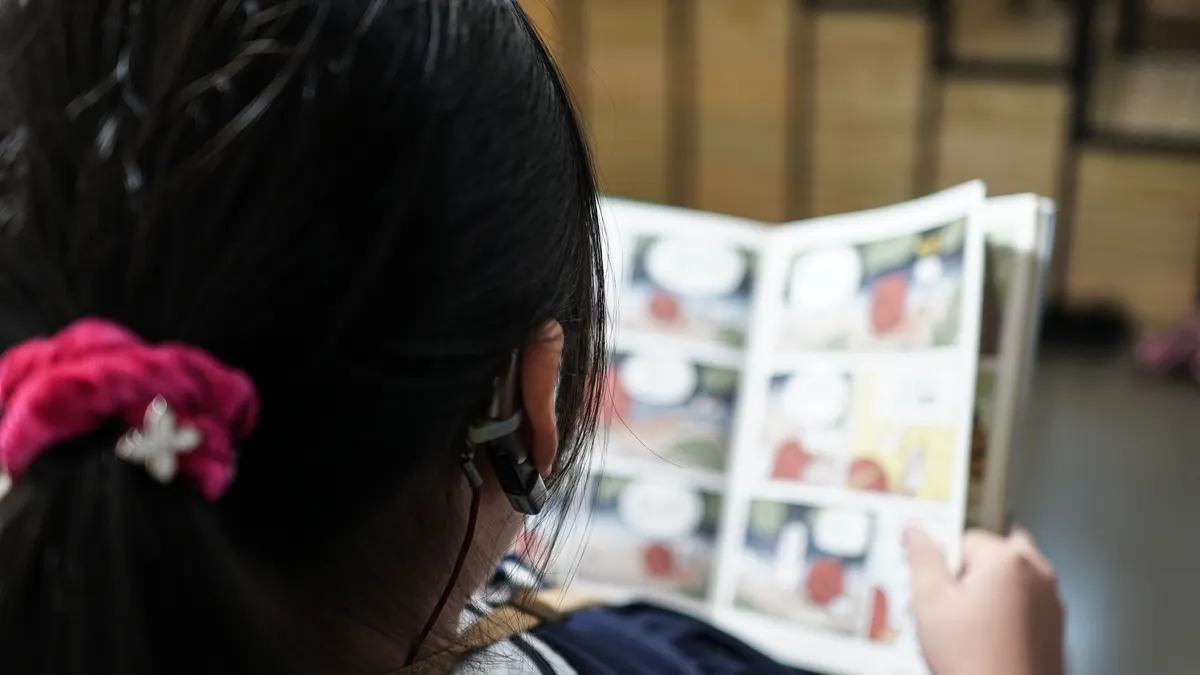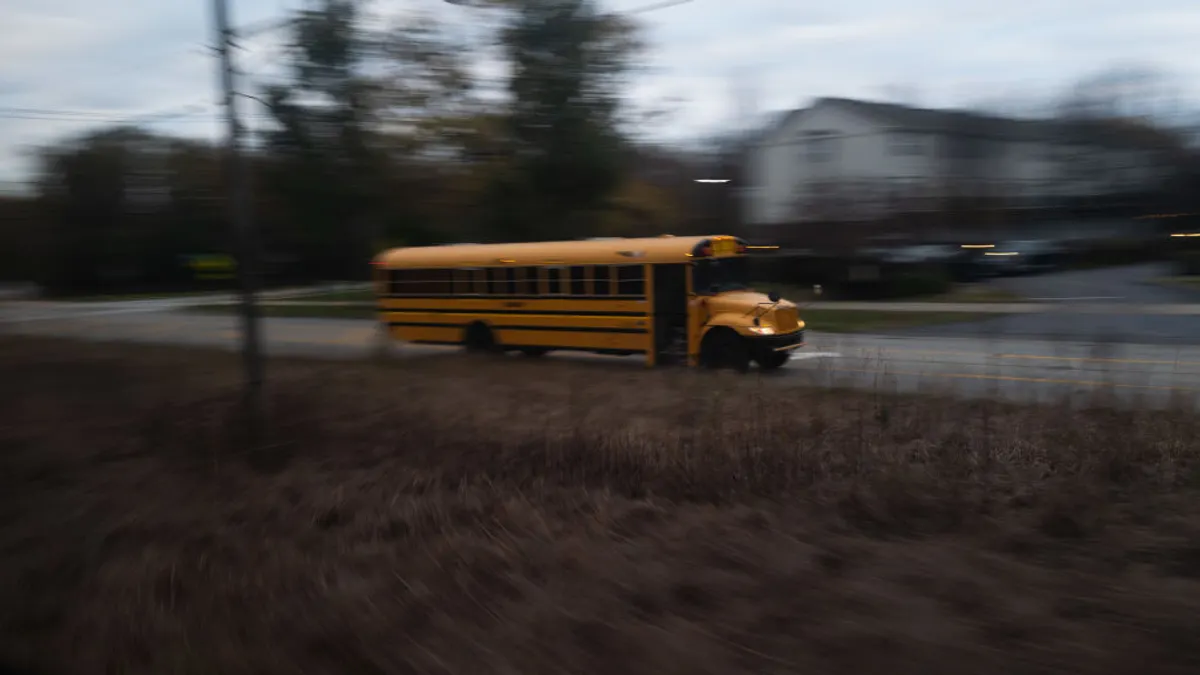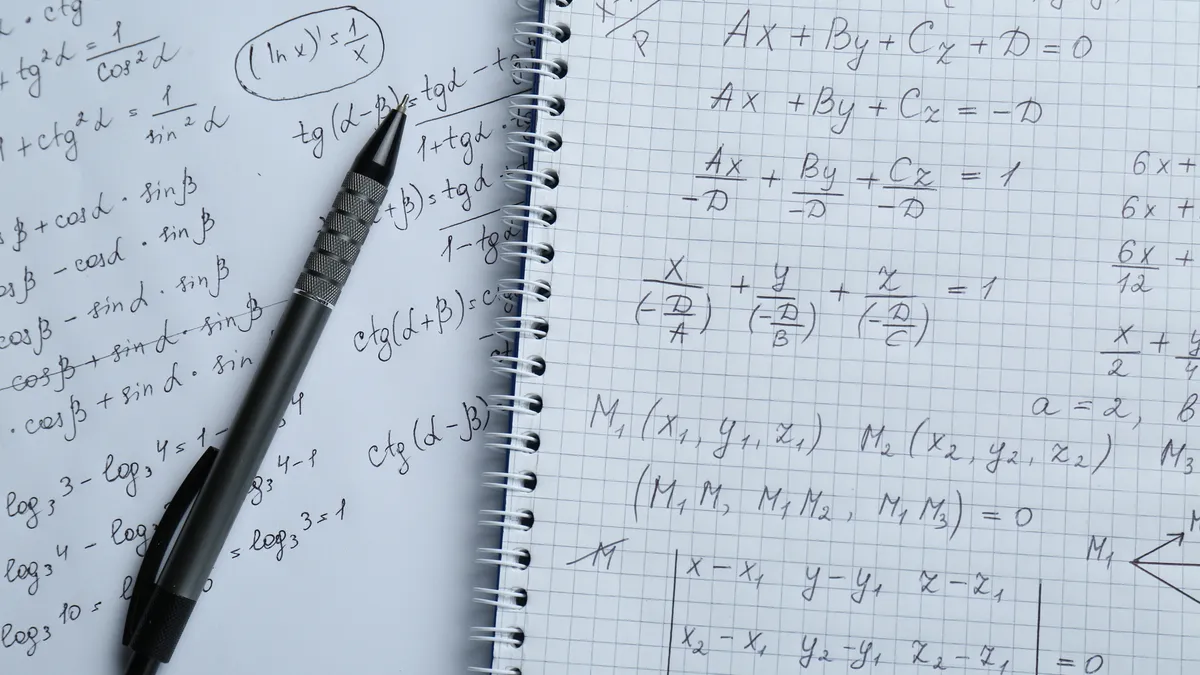Abhishek Gangrade is a researcher at the University of Alabama at Birmingham.
It is no secret science education in America needs drastic improvement. Only four countries spend more than the United States on primary and secondary education. Teachers in the U.S. devote far more time to their jobs compared to those in many other countries. Yet, 15-year-olds from the United States lag those of other nations in scientific knowledge, per results of the Program for International Student Assessment (PISA).
Nearly half of college students with science and engineering majors eventually shift to other fields or drop out. Critics of the current system of science education have consistently attributed woes to lack of funding and teacher incentives. Abject attitudes toward science may be largely due to lack of critical thinking and increased emphasis on needless memorization.
I had mentored a high school student as he worked on a science fair project. Although he was an exceptional memorizer of facts, he couldn’t understand certain concepts behind his research, which stymied his progress. As he became more exposed to relevant papers in the field, absorption occurred easier, and he finished as one of the top students in the local fair. By force-feeding facts for rote memorization, we are essentially lying to the students, implying that science is meaningful only when passively imbibing information. However, science is absolutely conceptual, and its progress depends on the derivation of novel ideas.
Programs have been developed to improve scientific literacy. Unfortunately, few schools are taking advantage of them. An initiative known as CREATE (Consider, Read, Elucidate hypotheses, Analyze and interpret the data, and Think of the next Experiment) aims to incorporate learning science via analysis of primary literature. The National Science Foundation (NSF) established summer workshops to train faculty who have continued to use this methodology in the classroom.
While campuses are beginning to adopt CREATE, the initiative’s founder Dr. Sally Hoskins believes there are several reasons the method hasn’t been used by many teachers. “They have their Powerpoint lectures written; changing what they do will require investment of time.”
She argued that “they really already ‘know’ what to do. CREATE asks faculty to bring their higher order data analysis skills, that they use all the time, to the classroom.” She also believes that faculty are driven to cover as much content as possible, and incorporating literature consumes too much time.
Science in the Classroom (SitC), a program also supported by the NSF, freely provides annotated papers to hone abilities of undergraduates and high school students in comprehending peer-reviewed research. The annotations contain definitions of scientific terms, explanations of methodologies, findings of referenced research, and justifications for the conclusions. A guide is also provided to the educator detailing links between the points of the paper and relevant STEM learning standards. In all, the SitC papers are geared toward teaching concepts related to the scientific process and communication.
One of the challenges for students in comprehension involves the inherent persuasiveness of scientific articles. Papers essentially allow authors to sell their ideas and prove their correctness. Like a prospective car buyer or a political voter, the reader must judge whether the presented product is valid. Students also usually struggle with providing support for rationale behind experiments or analyzing data displayed in figures. Supported by current lessons already mastered, students are armed with the ability to analyze and critique the arguments posed by the authors.
Once the comprehension hurdle is overcome, students find the language of research articles engaging. Journal clubs encouraging undergraduate students to present literature orally have proven not only to stimulate interest in research but also to instill confidence and scientific literacy while preparing them for postgraduate work.
Methods employed by researchers to tackle certain questions form the very basis of scientific exploration. Even without the opportunity to perform such techniques, students gain familiarity with skills involved. Numerous studies have proven that reading and analyzing primary literature improves scientific literacy, critical thinking abilities, and knowledge of scientific facts.
Textbooks, the most common mode of visual instruction for students, are written by professors and researchers who have composed research papers enabling them to become experts in their fields. While they remain solid conveyors of foundational information, textbooks should be supplemented with papers to provide relevance as they do not reflect the progressive nature of science or its topical problems. Review papers are valid vehicles of background information, as they describe current ideas as well as obstacles remaining in respective fields without providing novel research. In addition, they use a vernacular much spoken in the scientific world, providing students a taste of future expectations.
It’s easy to see how such principles extend beyond the classroom, as well. When students actively engage with resources such as research literature, they are more inclined to apply newly learned information. Students can easily correspond with the authors of the papers themselves should they have inquiries or comments.
For example, assigning statistical problems from scientific papers and allowing students to derive solutions to match with the published results provides applicable instruction. Students may also learn to reach beyond by performing secondary literature search with tools such as PubMed, an NIH-supported database allowing free access to excellent full-text scientific papers.
If we desire progress in scientific endeavors and innovation, we need to be honest with students. Shielding them from the realistic challenge of truly understanding scientific content in literature only deprives them of a more fulfilling education, one not only crucial for career prospects but for more informed decision making.
Think of the ongoing debate over the link between vaccinations and autism. Studies, such as the one published in 1998 which first claimed an association, can be judged whether they have merit based on their prior readings. Instead of teaching students to treat research papers as gospels, teachers need to train students to question and suspect read material. We need to give students a reason to learn science by teaching them to learn to reason.







